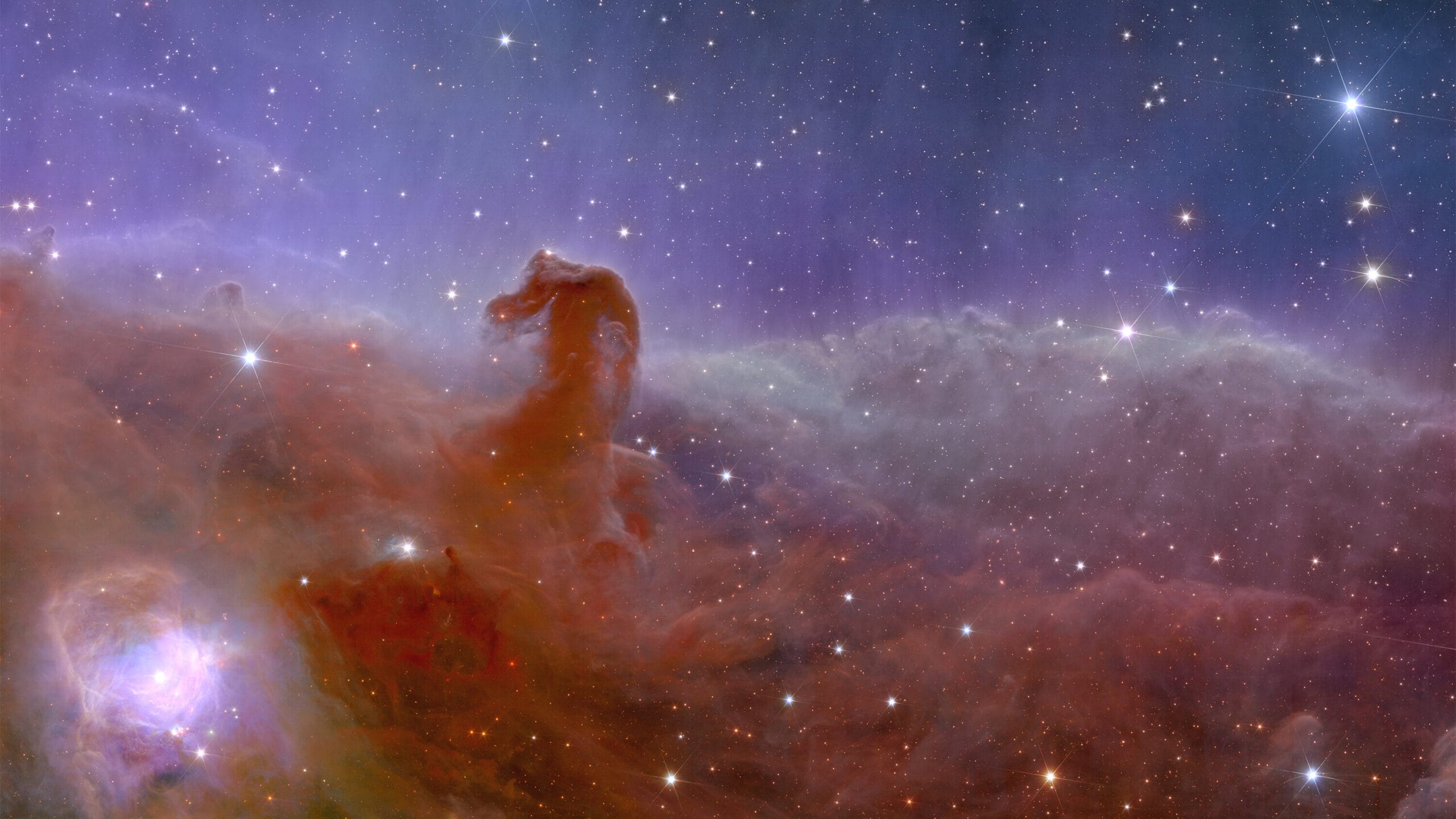A captivating celestial event is set to unfold throughout the upcoming month, as several planets will congregate in the night sky, providing observers with a rare opportunity to witness a planetary alignment. This event will allow individuals to view multiple planets within a relatively confined area of the sky, presenting a visually compelling spectacle for both amateur astronomers and casual sky watchers alike. Such alignments are not uncommon within our solar system’s dynamics, however the density and variety of planets visible during this particular period render it especially remarkable.
The planets that will be prominently visible during this time include Venus, Mars, Jupiter, and Saturn. These celestial bodies, each with their own unique characteristics, will appear as bright points of light against the backdrop of stars. Venus, typically the brightest planet in our sky, will be easily identifiable. Mars, recognized by its reddish hue, will also be noticeable. Jupiter, the largest planet in our solar system, will present as a very luminous object. Finally, Saturn, famous for its ring system, may also be visible with the aid of binoculars or a telescope.
Understanding Planetary Alignment
A planetary alignment occurs when several planets appear close to one another in the sky from our vantage point on Earth. It is important to note that the planets themselves do not actually align in a straight line in space. Instead, they appear to cluster together due to their orbital positions relative to Earth at a given time. The specific alignment observed will vary based on the planets involved and their positions. The apparent clustering we observe does not represent any direct impact on Earth, it is merely a visual phenomenon.
Observing the Planetary Parade
To maximize one’s chances of witnessing this planetary display, several key factors should be taken into consideration. The most critical component is clear skies. Cloud cover will, of course, obscure the view. It is best to observe during the early evening hours, soon after sunset. Additionally, it is preferable to view this phenomenon from a location with minimal light pollution. The artificial lights from cities and towns will obscure faint celestial objects, thereby reducing the visibility of the planets. Therefore, it would be ideal to travel away from the city into a more rural environment.
Equipment for Enhanced Viewing
While it is possible to observe these planets with the unaided eye, the use of basic equipment will greatly enhance the viewing experience. Binoculars will enable viewers to discern details not visible with the naked eye, such as the moons of Jupiter or Saturn’s rings. For individuals with a greater interest, a telescope may prove invaluable, revealing the planets in much more detail. There are various apps and websites that can assist in locating the planets in the sky. Star charts and planetarium software can also provide guidance. These tools can be particularly useful for identifying individual planets.
A Natural Spectacle
The upcoming planetary alignment offers a unique opportunity to engage with the natural world. The celestial spectacle is a reminder of the vastness of the solar system and our place within it. It also highlights the constant motion of the celestial bodies, and the continuous cycle of orbital mechanics. The fact that these planets are not typically seen in such proximity offers a special opportunity for appreciation of their individual characteristics and their relationship to one another. Whether a seasoned astronomer or a casual observer, this celestial display is likely to be an experience worth taking the time to witness. It provides an opportunity to consider the larger universe and our place within it. This event provides an important opportunity for astronomy awareness.
The Importance of Dark Sky Preservation
Events like this also underline the importance of dark sky preservation. In our increasingly urbanized world, natural dark environments are becoming increasingly rare. Light pollution obscures our view of the stars and planets, hindering both scientific study and cultural appreciation of the cosmos. By recognizing the beauty of the night sky, we can become more invested in safeguarding this precious resource for future generations. Viewing the planetary alignment provides an ideal opportunity to consider these issues.
In conclusion, the upcoming planetary alignment presents a captivating opportunity to observe the night sky and connect with the cosmos. With minimal planning and favorable conditions, this is likely to be a memorable experience for all.


